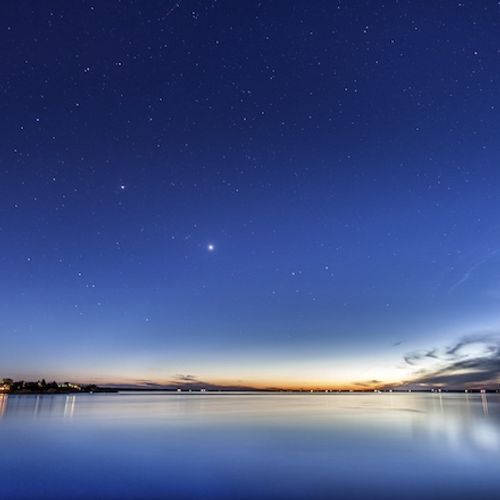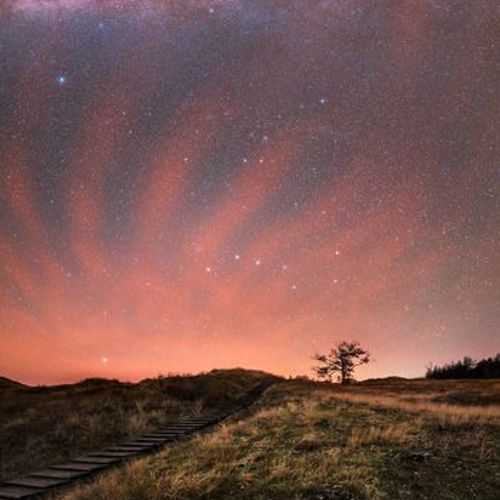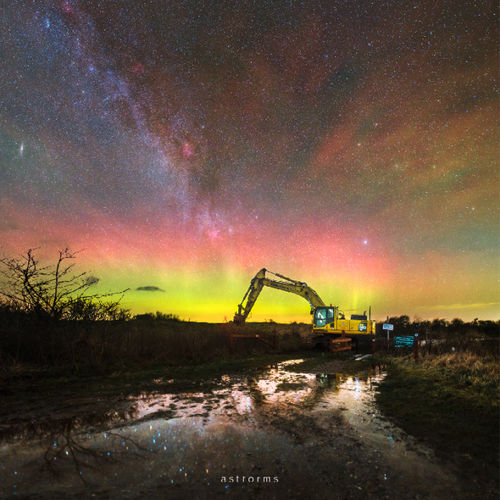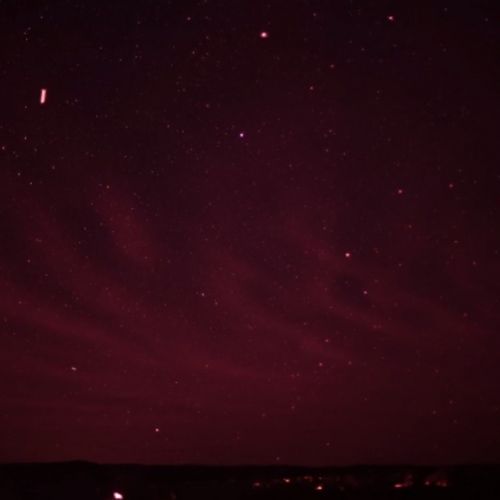
| Added | Tue, 27/06/2017 |
| Источники | |
| Дата публикации | Mon, 26/06/2017
|
| Версии |
C I century BC. e. scientists and philosophers have noticed the "bright nights", when unexplained lights in the sky allows you to see the distant mountains, read a newspaper or watch the time on the clock.
The new study used satellite information to explain these mysterious historical phenomena. The authors suggest that when the waves in the upper atmosphere converge on particular points of the Earth, increasing the natural glow of the atmosphere — dim light in the night sky, which often appears green due to the activity of oxygen atoms in higher layers. Usually people don't notice it, but at night it becomes visible to the naked eye, producing an inexplicable light, is described in detail in the historical observations.
Now you can rarely see the bright nights due to light pollution. But scientists have proved that this phenomenon can still be traced, and in remote cities regions the airglow is still evident.
"Bright nights there, it's part of the variability of the illumination of the atmosphere, which can be seen from the satellite," says Gordon shepherd, a specialist in Aeronomy from the University of York (Canada).
Historical references about bright nights back to the past. Pliny the Elder described the night as: "a Phenomenon often called "night sun", for example, the light with the night sky seen during the Consulate of Gaius caecilius and gnaeus of Papirius (~ 113 BC), and many times the night became day." European Newspapers also wrote about such events in 1783, 1908 and 1916.
Modern observations of bright nights in the Earth virtually no. But even before artificial lighting bright the night was a rare and very localized.
Shepherd knew about the historical observations and he saw the bright night event through the interferometer with a formation of wind-generated images (WINDII) on Board Verhnesadovogo research satellite of NASA (1991-2005), but could not explain why the phenomenon occurs. He and his co-author Armin Cho was looking for the mechanisms that cause the glow of the atmosphere to increase to visible levels in some parts of the world.
The glow of the atmosphere formed due to the emergence of light rays of different colors due to chemical reactions in the upper atmosphere. The green part of the glow of the atmosphere occurs when the light from the Sun splits the molecular oxygen into individual atoms. When the atoms come together again, they give off excess energy as photons in the green part of the visible light spectrum, giving the sky a greenish tint.
To find the reasons that enhance the glow of the atmosphere and create the bright nights, the researchers two years he studied the WINDII data in search of unusual light effects, excluding meteors and auroras. They identified 11 events, where WINDII revealed a rise of the level of illumination. The scientists compared these cases with the UPS and downs of zonal waves — huge waves in the upper atmosphere, encircling the globe and is affected by the weather. When the peaks of some of the waves are aligned, they produce the "bright nights". These events were 4-10 times brighter than the ordinary glow of the atmosphere and may have produced all the brightest night in history.
Researchers believe that, in a place visible bright nights come only once a year. Shepherd says that the bright night it happens somewhere on Earth at different longitudes, approximately 7 % of nights. Shepherd suspects that the scientists could predict, if constantly monitored wave. So it would be possible to calculate when their peaks are aligned.
The next challenge for scientists is to replicate the convergence of these waves at one point by simulation.
Translated by «Yandex.Translator»
Now you can rarely see the bright nights due to light pollution. © Minerva Studio | shutterstock
Translated by «Yandex.Translator»
Новости со схожими версиями
Log in or register to post comments









